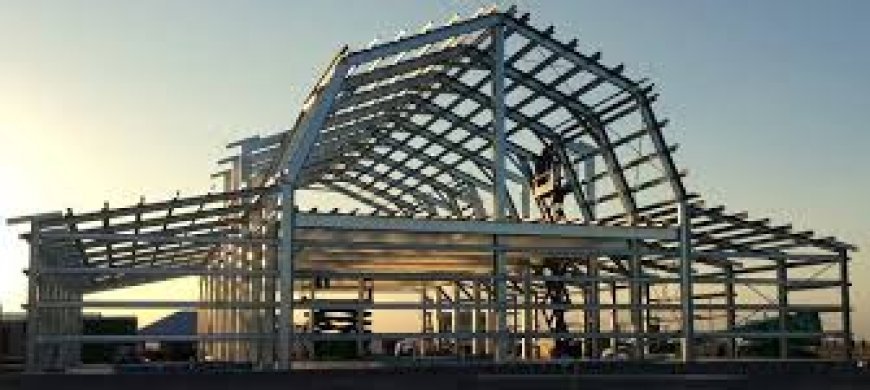Top 10 Advantages of Using Structural Steel in Construction

When it comes to building strong, long-lasting structures, steel often steals the show. Whether it's a towering skyscraper or a backyard shed, structural steel plays a big role in modern construction.
You might be wondering—why is steel such a go-to material? Well, let's break it down.
1. Crazy Strong and Durable
Let’s start with the obvious—steel is tough. It doesn’t bend easily. It doesn’t crack under pressure. And it can handle both extreme weight and wild weather.
I’ve seen steel frames hold up during storms that tore roofs off nearby buildings. It's like the backbone of a structure. You want something you can count on, and steel doesn’t mess around.
2. Lightweight (Yep, Really)
This one surprises people. Steel sounds heavy, right? But compared to wood or concrete with the same strength, it's actually lighter.
Why does that matter? Because lighter materials mean:
-
Less load on the foundation
-
Easier transport
-
Faster setup
So, in the end, it saves both time and money. Win-win.
3. Super Fast to Build With
Time is money in construction. And steel speeds things up.
Since structural steel is often prefabricated (cut and shaped off-site), it shows up ready to go. That means less hammering, less measuring, and way less waiting around.
In one project I worked on, the entire steel frame of a commercial building went up in just a few days. It felt like watching a time-lapse video in real life.
4. Flexible for Design (Let’s Get Creative)
Architects love steel. Why? Because it bends to their imagination—almost literally.
Want big open spaces? Steel can handle it. Curved walls? No problem. Unique roof shapes? You got it.
It gives designers a blank canvas without the limits that come with wood or brick. If you can dream it, steel can probably build it.
5. Eco-Friendly? Yes, Sir
Here’s a fun fact: steel is one of the most recycled materials on the planet. It’s like the superhero of sustainability.
Most steel today is made from recycled scrap. And once a building is done with it? It can be reused again and again without losing strength.
That’s good news if you care about the planet (and honestly, who doesn’t these days?).
6. Fire Resistant
This one’s a biggie—especially for commercial and industrial buildings.
Steel doesn’t burn. Sure, it can weaken under extreme heat, but it won’t ignite like wood or melt like plastic. That gives people more time to get out safely in case of fire.
It's one of those features you hope you'll never need, but you're glad it's there if things go sideways.
7. Pest-Proof and Rot-Free
Wood has a lot of charm. But termites think it’s a buffet. And water? It turns wood into mush over time.
Steel? No pests. No mold. No rot. Period.
One thing I’ve learned from years in construction: the fewer surprises, the better. Steel takes a lot of the “what-ifs” off the table.
8. Low Maintenance
Want fewer headaches down the road? Go with steel.
It doesn’t need repainting as often. It doesn’t warp or split. And it stands strong through decades of use.
Sure, it might cost a little more upfront. But when you factor in the money saved on repairs and upkeep? Steel starts to look like a pretty sweet deal.
9. Safe and Reliable
Engineers love steel because it performs predictably. It doesn’t shift or shrink over time like some other materials.
That makes it safer for everything from earthquake zones to windy mountaintops. And in places with strict building codes? Steel helps meet them with ease.
10. Long-Term Value
This is where the rubber meets the road.
A steel structure might cost more to start. But it usually lasts longer, holds its value better, and costs less to maintain.
In my opinion, it's like buying a good pair of boots. You pay more upfront, but they carry you through years of wear and tear without falling apart.
So, Why Choose Structural Steel?
Because it checks all the boxes:
-
Strong ✅
-
Flexible ✅
-
Fast ✅
-
Safe ✅
-
Green ✅
Whether you're building a garage, a shopping mall, or a mega bridge, steel gives you the confidence to dream big and build smart.
And hey, if you’re still on the fence? Talk to a contractor who’s worked with steel. Most will tell you the same thing I just did: once you go steel, you rarely go back.
What's Your Reaction?



















































